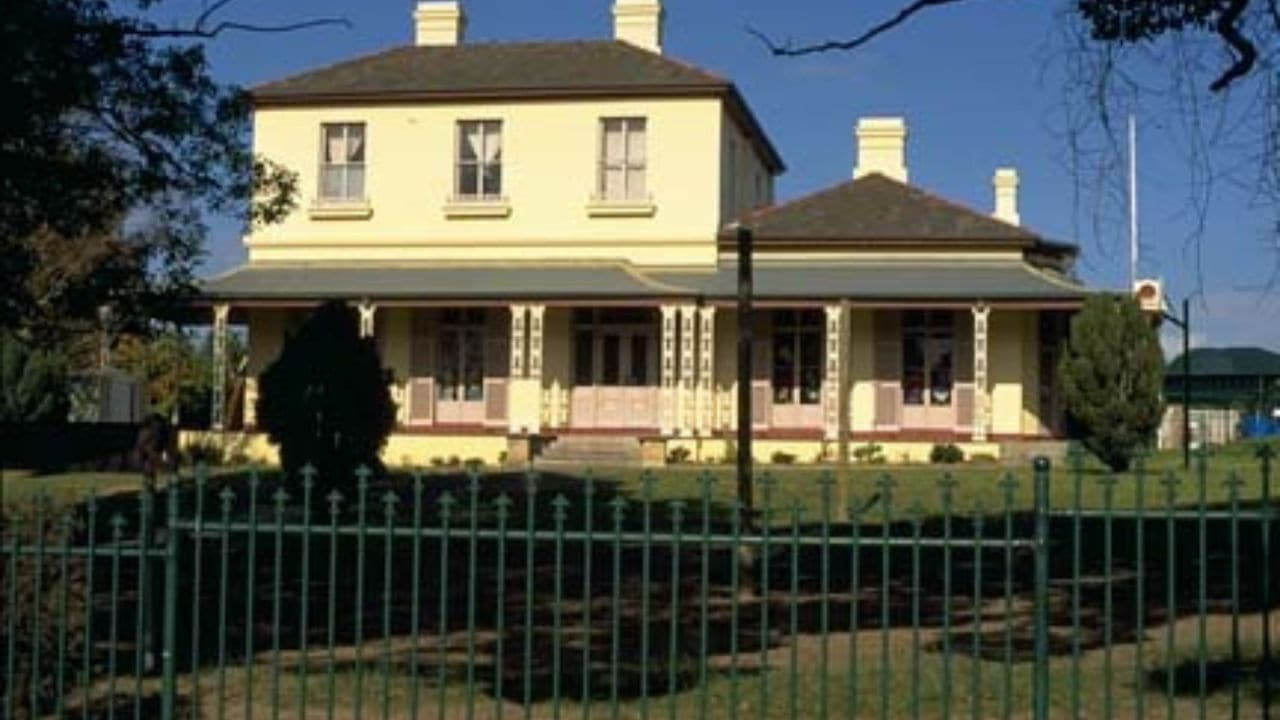Finding a genuine orphanage home in New South Wales today usually means searching for historic sites, heritage listed buildings, and preserved community spaces that once provided care to children.
Many of these locations are no longer operational as homes but remain deeply significant to local culture, Aboriginal history, and Australia’s child welfare heritage.
They stand as physical reminders of the state’s complex past and offer valuable insights for residents, visitors, and researchers.
This guide lists six notable orphanage sites across NSW, with practical details, historical highlights, and reasons why each location remains relevant for anyone searching “near me” or planning a heritage visit.
Disclaimer: The information on this page may differ from real time conditions. Contact the provided number or official website (if available) for the most up to date details before visiting.
1. Our Children’s Home – Ardill House, Concord

Originally established as part of the Society for Providing Homes for Neglected Children, this Concord site also known as Ardill House served as a residential home for young boys and girls through most of the 20th century.
Its operations were grounded in Christian based welfare practices, offering shelter, education, and basic life training for its residents.
Contact & Location
- Our Children’s Home (Ardill House), 132 Davidson Avenue, Concord, NSW 2137
- Operated historically by the Society for Providing Homes for Neglected Children
- Official profile on Find & Connect
Opening Hours
| Day | Hours |
|---|---|
| Monday | Not applicable |
| Tuesday | Not applicable |
| Wednesday | Not applicable |
| Thursday | Not applicable |
| Friday | Not applicable |
| Saturday | Not applicable |
| Sunday | Not applicable |
Key features
While no longer functioning as an orphanage, the building and grounds retain heritage architecture and are used for community purposes today.
Visitors can view the external structure, which reflects early 20th-century institutional design.
- Historical archives accessible via Find & Connect
- Former living quarters and administrative spaces remain intact in layout
- Situated in a quiet suburban street, making it accessible for heritage walks
Some visitors often ask whether the site is open for tours. According to archival notes, there are no public tours currently offered, but heritage enthusiasts can arrange visits through local council heritage programs.
Concord’s living link to welfare history
For those in Greater Sydney, especially the Concord area, this is a local heritage landmark tied to decades of child welfare history.
Its quiet suburban setting makes it easy to incorporate into a broader heritage walking route.
2. St Michael’s Orphanage – Baulkham Hills
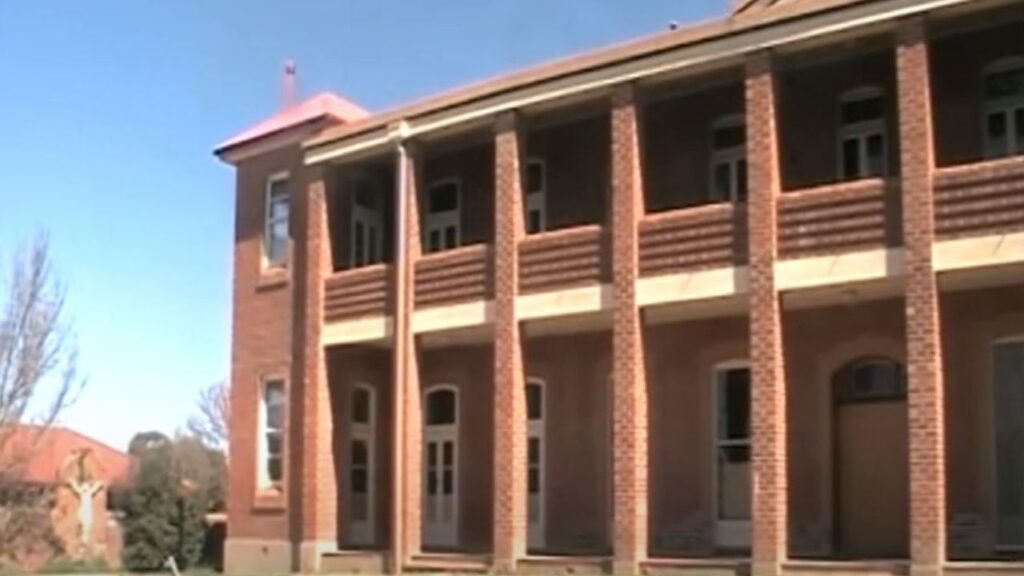
Run by the Sisters of Mercy from 1902, St Michael’s in Baulkham Hills operated as a large boys’ home complete with extensive grounds, livestock, and self sustaining gardens.
Later renamed St Michael’s Children’s Home, it played a prominent role in institutional care in Sydney’s northwest.
Contact & Location
- St Michael’s Orphanage (Boys’ Home), 522 Windsor Road, Baulkham Hills, NSW 2153 (near Windsor Road junction)
- Operated historically by the Sisters of Mercy
- St Michael’s Orphanage profile on Find & Connect
Opening Hours
| Day | Hours |
|---|---|
| Monday | Not applicable |
| Tuesday | Not applicable |
| Wednesday | Not applicable |
| Thursday | Not applicable |
| Friday | Not applicable |
| Saturday | Not applicable |
| Sunday | Not applicable |
Key features
This location was notable for its self-contained rural style setup despite being in suburban Sydney.
Livestock, vegetable gardens, and a dairy allowed the home to operate with a degree of independence.
- Former agricultural facilities including dairy sheds
- Large accommodation blocks for boys aged 5–12
- Chapel operated by the Sisters of Mercy
Former residents sometimes recall unique aspects of life here like the presence of horses that could be both a joy and a hazard, as one shared on the Inside Blog at NMA.
A Baulkham Hills landmark with a layered past
Today, the site serves other purposes, but for locals in Baulkham Hills, it remains a touchstone for community memory, particularly for families connected to its long history.
3. Parramatta Girls Home – Parramatta
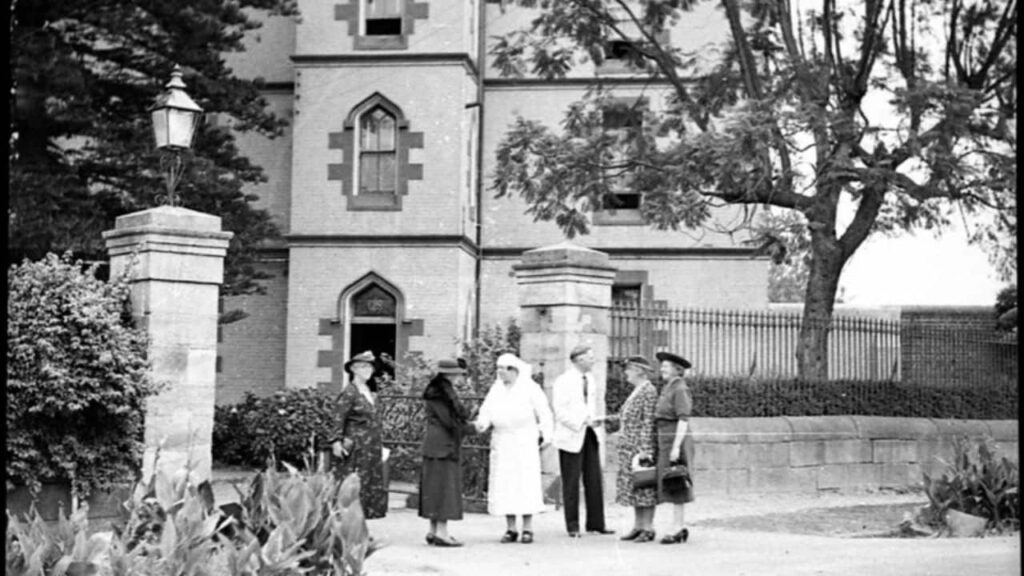
Situated in heritage buildings originally used as the Roman Catholic Orphan School, the Parramatta Girls Home operated under various names between 1887 and 1974.
It served as a reformatory and training school for girls, and at times for younger boys.
Contact & Location
- Parramatta Girls Home, Fleet Street, Parramatta, NSW 2150 (within the Parramatta Female Factory and Institutions Precinct)
- State-run institution during its operational years
- Parramatta Girls Home entry on Find & Connect
Opening Hours
| Day | Hours |
|---|---|
| Monday | Not applicable |
| Tuesday | Not applicable |
| Wednesday | Not applicable |
| Thursday | Not applicable |
| Friday | Not applicable |
| Saturday | Not applicable |
| Sunday | Not applicable |
Key features
The site is part of a national heritage listed precinct, recognised for its significant social history and architecture.
- Connected to the Parramatta Female Factory Precinct
- Onsite memorial recognising survivors and victims of abuse
- Occasional guided tours via local heritage groups
Many visitors want to know if the memorial is open daily. While the grounds are accessible, official tours or events occur only on set dates announced by heritage organisations like DCJ NSW.
Preserving hard histories in the heart of Parramatta
For Parramatta locals, this is a central site of memory and reconciliation, with ongoing efforts to educate the public about the lived experiences of former residents.
4. Bomaderry Aboriginal Children’s Home – Bomaderry
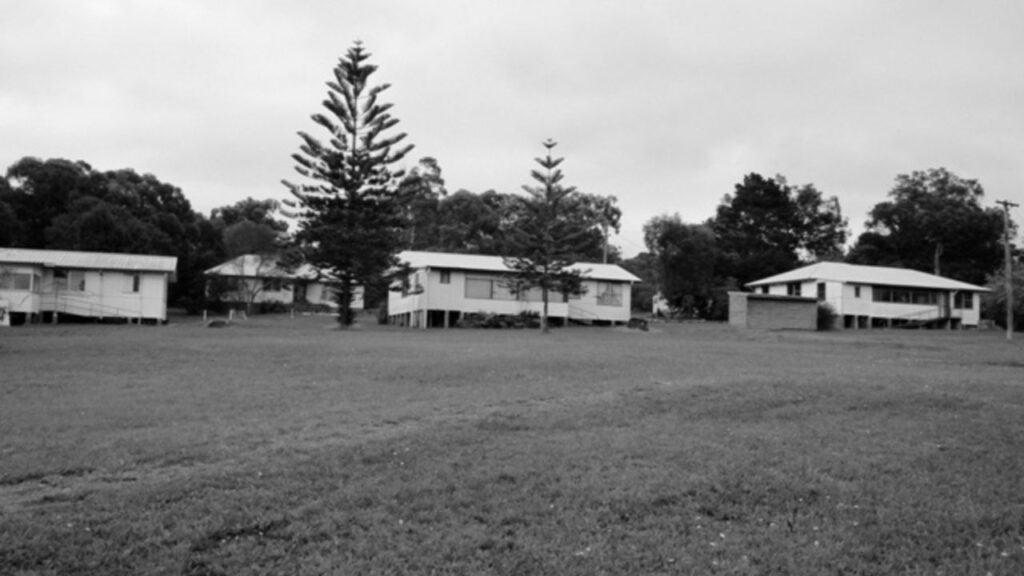
Built in 1908 by the United Aborigines Mission, this home served as a care facility for Aboriginal children many of whom were part of the Stolen Generations until its closure in 1988.
Today, the site remains heritage-listed and under the ownership of the Nowra Local Aboriginal Land Council.
Contact & Location
- Bomaderry Aboriginal Children’s Home, 59 Beinda Street, Bomaderry, NSW 2541 (near Nowra township)
- Historically run by United Aborigines Mission
- Bomaderry Aboriginal Children’s Home entry on Wikipedia
Opening Hours
| Day | Hours |
|---|---|
| Monday | Not applicable |
| Tuesday | Not applicable |
| Wednesday | Not applicable |
| Thursday | Not applicable |
| Friday | Not applicable |
| Saturday | Not applicable |
| Sunday | Not applicable |
Key features
As a heritage listed property, the site contains preserved buildings and structural remains that reflect its operation during much of the 20th century.
- Remaining cottages used for children’s accommodation
- Original mission layout partially intact
- Managed as a cultural and historical asset by the Aboriginal Land Council
Locals often wonder if it functions as a museum. While it is not set up as a public museum, the grounds are occasionally included in cultural heritage tours, particularly during NAIDOC Week.
A Shoalhaven landmark with deep cultural significance
For visitors in the Shoalhaven area, the home is a visible reminder of Aboriginal resilience and the enduring impact of historical child removal policies.
5. Kinchela Aboriginal Boys’ Training Home – Kinchela (Kempsey Shire)
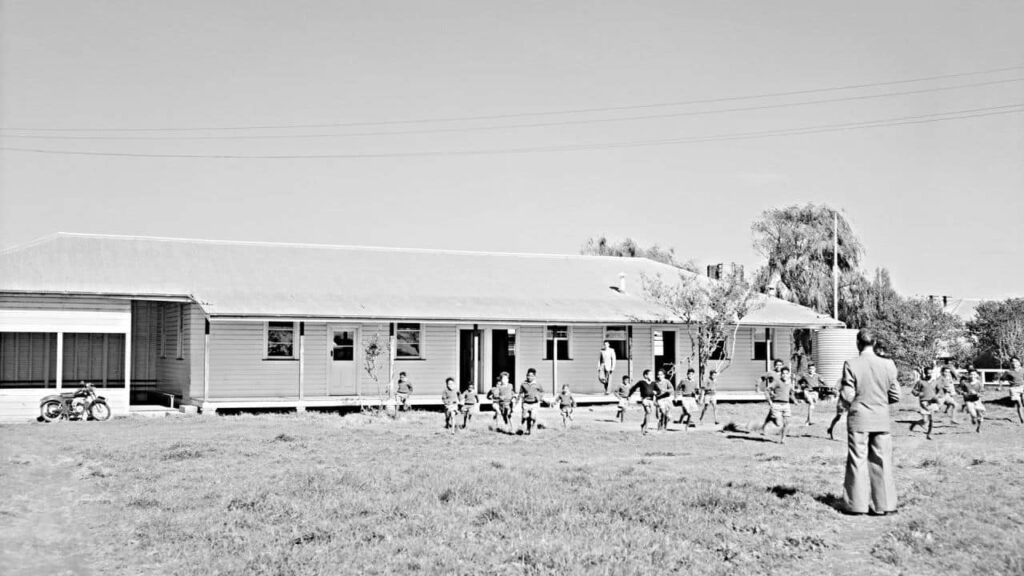
Operating from 1924 to 1970, Kinchela housed Aboriginal boys forcibly removed from their families under government assimilation policies.
The site, now owned by Kempsey Local Aboriginal Land Council, is heritage listed and continues to serve as a place of remembrance and advocacy.
Contact & Location
- Kinchela Aboriginal Boys’ Training Home, 2054 South West Rocks Road, Kinchela, NSW 2440 (near Kempsey)
- Historically state-run in partnership with Aboriginal mission authorities
- Kinchela Aboriginal Boys’ Training Home entry on Wikipedia
Opening Hours
| Day | Hours |
|---|---|
| Monday | Not applicable |
| Tuesday | Not applicable |
| Wednesday | Not applicable |
| Thursday | Not applicable |
| Friday | Not applicable |
| Saturday | Not applicable |
| Sunday | Not applicable |
Key features
The site remains a critical location for truth telling and healing, with preserved buildings and grounds that host remembrance activities.
- Heritage listed buildings from its operational period
- Site of memorial events for survivors and families
- Ongoing cultural preservation by Kempsey Local Aboriginal Land Council
Visitors sometimes ask about recent searches for burial grounds.
In 2024, NSW Government funding supported investigations into possible clandestine burial sites, underscoring the sensitive nature of its history (The Guardian).
Mid north coast history remembered
For people in Kempsey and surrounding towns, Kinchela is a core part of Aboriginal and NSW heritage, providing a space for reflection and education.
6. Female Orphan School – Parramatta
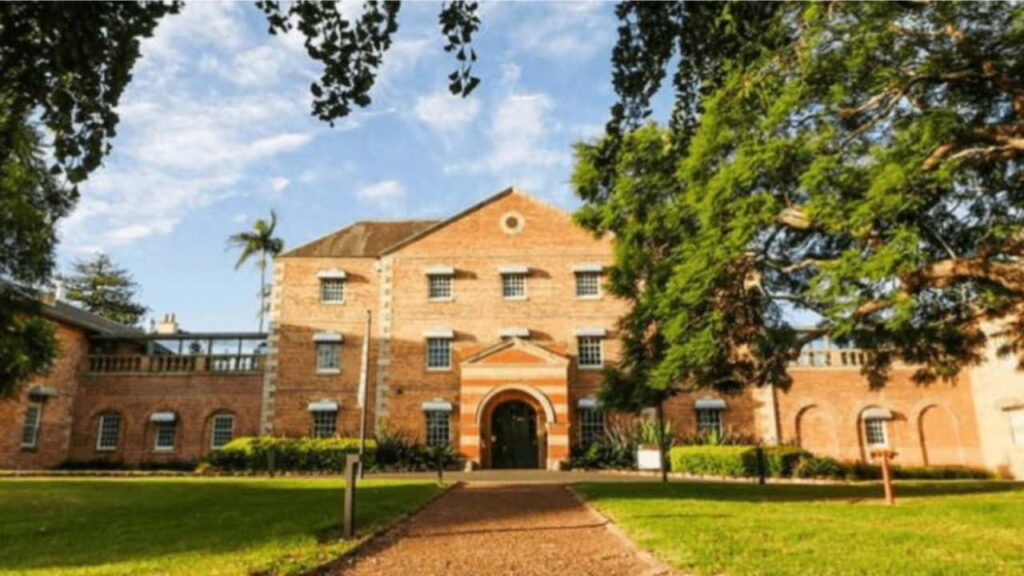
Constructed in 1813, the Female Orphan School is the oldest three-storey building in Australia and once housed orphaned girls.
It now forms part of Western Sydney University’s Parramatta South Campus and remains a significant heritage building.
Contact & Location
- Female Orphan School, Parramatta South Campus, Western Sydney University, Corner of James Ruse Drive & Victoria Road, Parramatta, NSW 2150
- Originally state-run as an orphanage
- Female Orphan School on At Parramatta
Opening Hours
| Day | Hours |
|---|---|
| Monday | Not applicable |
| Tuesday | Not applicable |
| Wednesday | Not applicable |
| Thursday | Not applicable |
| Friday | Not applicable |
| Saturday | Not applicable |
| Sunday | Not applicable |
Key features
Now integrated into the university campus, the building still retains much of its original architecture and houses the Whitlam Institute within its walls.
- Heritage-listed and preserved in its original form
- On-campus cultural exhibitions and research centre
- Part of guided heritage tours by local tourism bodies
People often ask if they can freely explore the interior. While parts of the building are accessible to the public during events and exhibitions, other sections remain in university use.
A foundation stone of Parramatta’s heritage
For history lovers in Parramatta, this is a must see heritage landmark that offers both architectural beauty and a direct link to Australia’s early welfare history.
7. Mittagong Farm Home – Mittagong
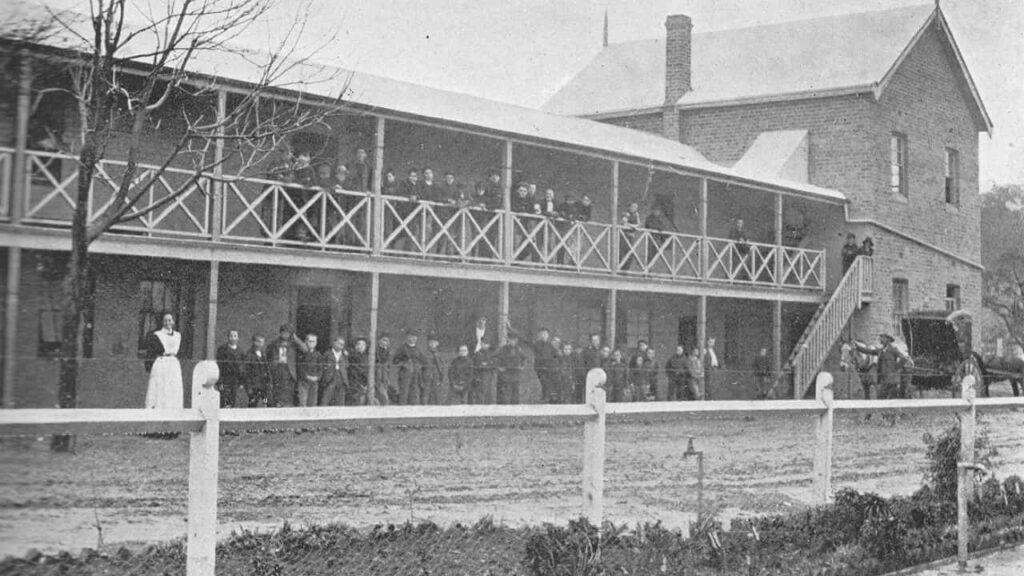
Opening in 1906, Mittagong Farm Home was designed as a training facility for boys under state care, teaching farming and trade skills.
The home closed in the 1980s, but several original structures remain and the site is well-known among NSW heritage circles.
Contact & Location
- Mittagong Farm Home, 10 Bong Bong Road, Mittagong, NSW 2575 (near Mittagong town centre)
- Historically state-run under NSW Child Welfare Department
- Mittagong Farm Home entry on Wikipedia
Opening Hours
| Day | Hours |
|---|---|
| Monday | Not applicable |
| Tuesday | Not applicable |
| Wednesday | Not applicable |
| Thursday | Not applicable |
| Friday | Not applicable |
| Saturday | Not applicable |
| Sunday | Not applicable |
Key features
The property once included farmland, workshops, and dormitories where boys learned agricultural skills as part of their daily routine.
- Original stone buildings still standing
- Heritage-listed structures from the early 20th century
- Grounds occasionally used for community heritage events
Locals sometimes ask if farming activities still take place. While the training farm operations ceased decades ago, the surrounding land remains semi rural, giving visitors a sense of the original setting.
A Southern Highlands relic
For history buffs, Mittagong Farm Home stands as a rare surviving example of NSW’s welfare training farms, offering a glimpse into a bygone era of institutional child care.
8. Fairbridge Farm School – Molong
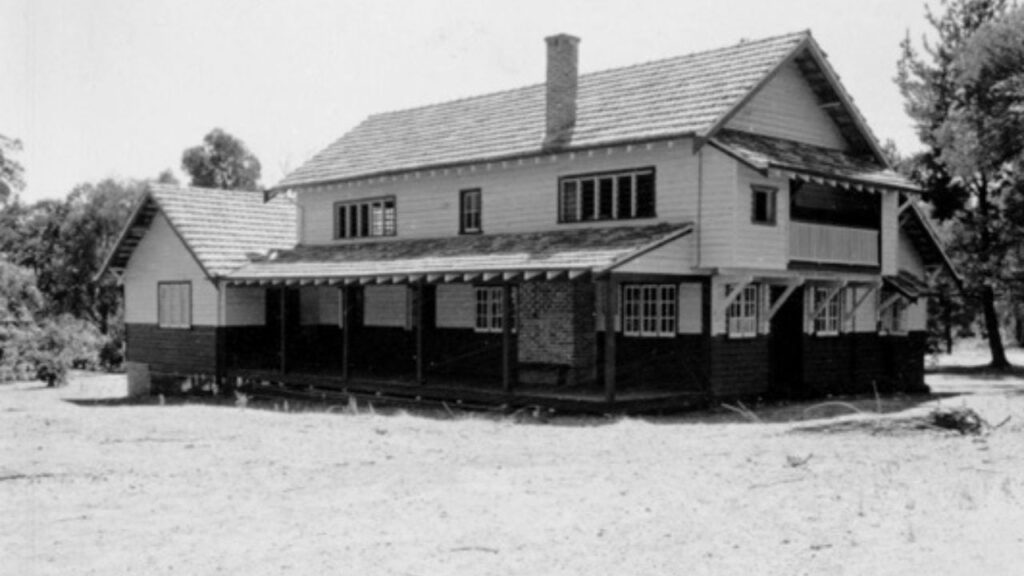
Founded in 1938, Fairbridge Farm School was part of a broader migration scheme bringing British children to Australia.
The school closed in 1974, and its history has been the subject of both heritage interest and survivor advocacy.
Contact & Location
- Fairbridge Farm School, Fairbridge Drive, Molong, NSW 2866 (near Molong township)
- Originally run by Fairbridge Society Australia
- Fairbridge Farm School entry on Wikipedia
Opening Hours
| Day | Hours |
|---|---|
| Monday | Not applicable |
| Tuesday | Not applicable |
| Wednesday | Not applicable |
| Thursday | Not applicable |
| Friday | Not applicable |
| Saturday | Not applicable |
| Sunday | Not applicable |
Key features
The site contains multiple heritage listed buildings, including dormitories, classrooms, and farm facilities.
- Cottages from original operation period
- Memorials installed to acknowledge former residents
- Managed by local council and heritage groups
People often ask if survivors still visit. Many do, especially during anniversaries and memorial events, to reconnect with others and reflect on shared experiences.
A piece of British Australian migration history
In the quiet countryside of Molong, this farm school remains a poignant reminder of child migration schemes that shaped many lives.
9. Burnside Homes – Parramatta
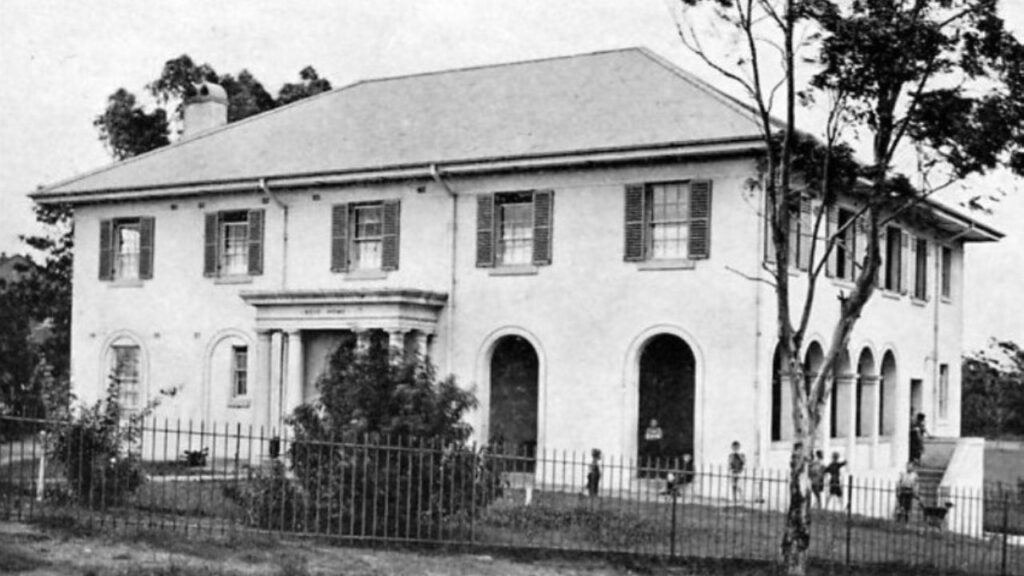
Established in 1911 by Sir James Burns, Burnside Homes was a network of cottages caring for orphaned and disadvantaged children.
Many of its original buildings still stand and are used for community purposes.
Contact & Location
- Burnside Homes, 361 Pennant Hills Road, North Parramatta, NSW 2151
- Founded by Sir James Burns as a philanthropic initiative
- Burnside Homes entry on Find & Connect
Opening Hours
| Day | Hours |
|---|---|
| Monday | Not applicable |
| Tuesday | Not applicable |
| Wednesday | Not applicable |
| Thursday | Not applicable |
| Friday | Not applicable |
| Saturday | Not applicable |
| Sunday | Not applicable |
Key features
Burnside Homes operated on a cottage care model, with multiple small houses for children rather than large dormitories.
- Preserved Federation style buildings
- On-site chapel and landscaped grounds
- Currently part of Uniting Burnside’s community services
Some visitors wonder if children still live on the grounds. Today, the site is mainly administrative and community focused, with no residential care on location.
Federation architecture meets social history
Burnside’s charming architecture and deep community ties make it a notable landmark in North Parramatta, blending heritage value with ongoing social service work.
Closing Thoughts
These historical orphanages and care homes across New South Wales each tell a story some inspiring, others deeply confronting.
Visiting or learning about them offers valuable insight into Australia’s social history, particularly the evolution of child welfare and the lasting effects on former residents.
While many are no longer active in their original roles, their heritage remains a powerful link to the past.
If you plan to visit, always check ahead for access restrictions, as some sites are not open to the public or may only be available during special events.
